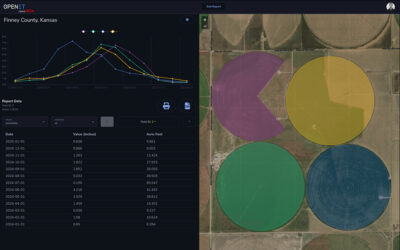It’s safe to say that 2018 has been a great year for DRI. From launching new programs to engage community members in science and technology to making new strides in our core research areas, we’re proud of what we’ve accomplished, and we’re looking forward to all that next year may hold. For our final blog post of the year, we review twelve (but by no means all) of our 2018 highlights, originally posted as a series on our Instagram, @DRIscience.
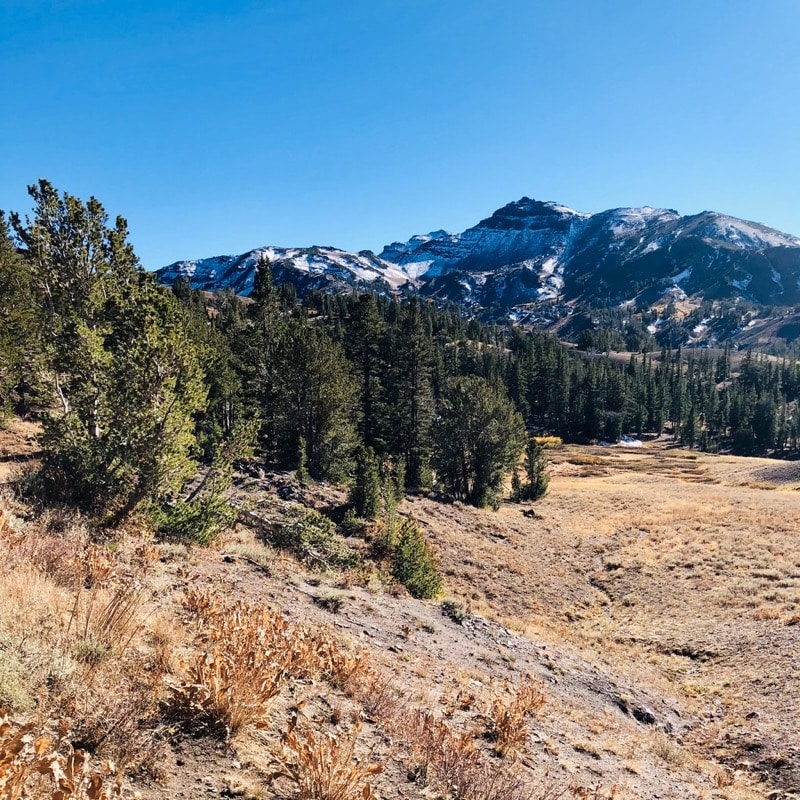
Day 1: In early 2018, DRI researchers Ben Hatchett, Ph.D., and Dan McEvoy, Ph.D., published research investigating snow droughts, which have become increasingly common in the Sierra Nevada and Cascade mountains in recent years, as warming temperatures push snow lines higher up mountainsides and cause more precipitation to fall as rain. Their findings traced how snow droughts evolve over a winter season and impact local watersheds and economies.
Now, McEvoy, Hatchett, and collaborator Justin Chambers are working to develop this research further by creating tools that can help scientists track snow droughts and share that information with resource managers.
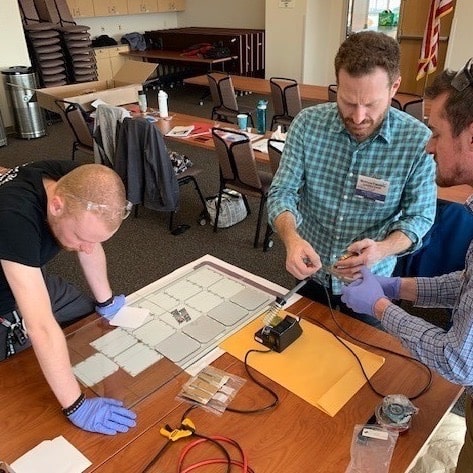 Day 2: In February, the DRI Science Alive Program, the PreK-12 education and outreach arm of DRI, collaborated with the Nevada Museum of Art to host the first annual Nevada Steam Conference, which brought together nearly 200 educators, administrators, and presenters from across the state to discuss best practices and new approaches to education in STEAM (science, technology, engineering, arts, and math).
Day 2: In February, the DRI Science Alive Program, the PreK-12 education and outreach arm of DRI, collaborated with the Nevada Museum of Art to host the first annual Nevada Steam Conference, which brought together nearly 200 educators, administrators, and presenters from across the state to discuss best practices and new approaches to education in STEAM (science, technology, engineering, arts, and math).
In 2019, the Nevada STEAM Conference will happen on Saturday, February 2nd.
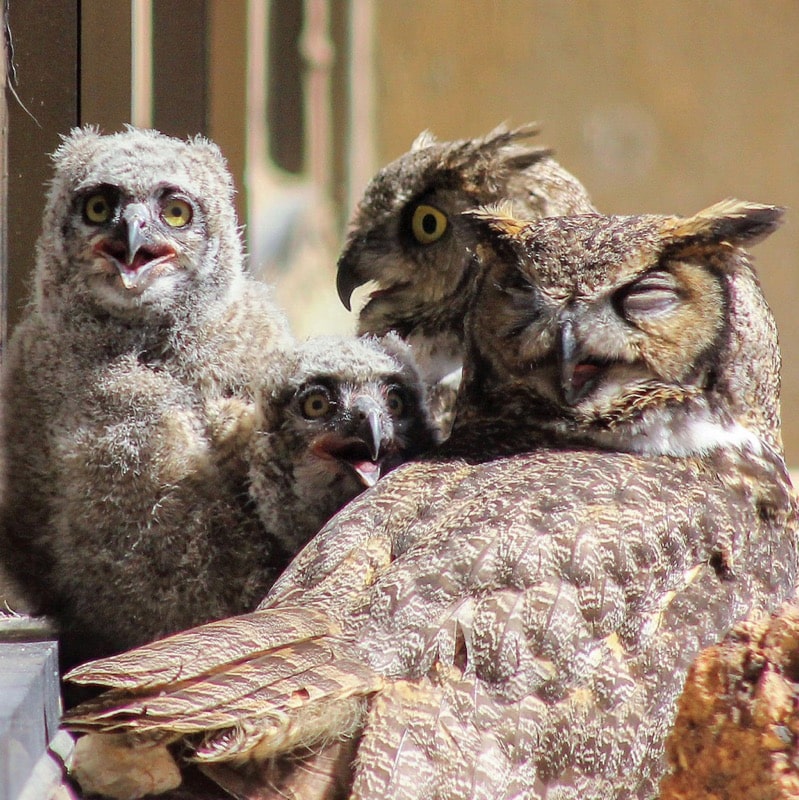 Day 3: This spring, viewers around the world fell in love with the great horned owl family that nested on an office building at our Reno campus. Their nesting situation was unusual, never before recorded by scientists: a trio of owls, two female and one male, tending two nests side by side. In coordination with the Nevada Department of Wildlife, DRI installed a nest camera and live-streamed the video to YouTube so that anyone could observe this rare nesting situation. The feed quickly went viral and became a news sensation, attracting viewers from around the world and coverage by outlets such as National Geographic and the Audubon. By the time the two owlets successfully fledged in May and the live stream was turned off, the video logged over 20 million hours of viewing.
Day 3: This spring, viewers around the world fell in love with the great horned owl family that nested on an office building at our Reno campus. Their nesting situation was unusual, never before recorded by scientists: a trio of owls, two female and one male, tending two nests side by side. In coordination with the Nevada Department of Wildlife, DRI installed a nest camera and live-streamed the video to YouTube so that anyone could observe this rare nesting situation. The feed quickly went viral and became a news sensation, attracting viewers from around the world and coverage by outlets such as National Geographic and the Audubon. By the time the two owlets successfully fledged in May and the live stream was turned off, the video logged over 20 million hours of viewing.
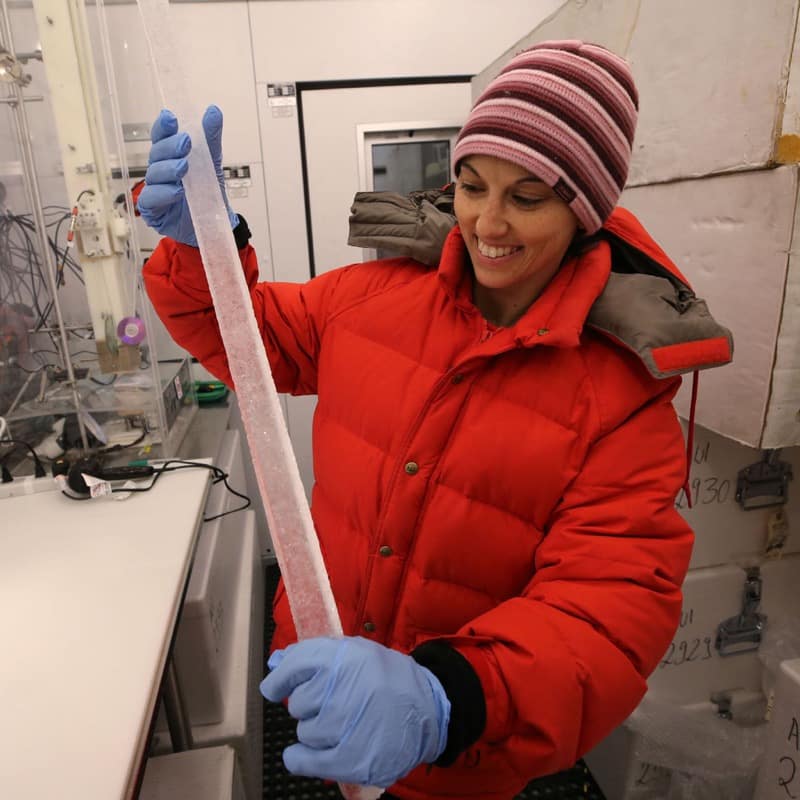 Day 4: This spring, the researchers in DRI’s ultra-trace ice core laboratory published remarkable new findings, tracing the rise and fall of the Roman economy through lead deposits in Greenland ice cores. The team of scientists, archaeologists, and economists from DRI, the University of Oxford, NILU – Norwegian Institute for Air Research, and the University of Copenhagen used ice samples from the North Greenland Ice Core Project (NGRIP) to measure, date, and analyze European lead emissions that were captured in Greenland ice between 1100 BC and AD 800.
Day 4: This spring, the researchers in DRI’s ultra-trace ice core laboratory published remarkable new findings, tracing the rise and fall of the Roman economy through lead deposits in Greenland ice cores. The team of scientists, archaeologists, and economists from DRI, the University of Oxford, NILU – Norwegian Institute for Air Research, and the University of Copenhagen used ice samples from the North Greenland Ice Core Project (NGRIP) to measure, date, and analyze European lead emissions that were captured in Greenland ice between 1100 BC and AD 800.
Their results provided new insight for historians about how European civilizations and their economies fared over time, and the research captured the attention of media outlets around the world, including the New York Times, the Atlantic, and the Economist. Just this month, the team’s research was listed as one 2018’s top science stories in Discover Magazine.
 Day 5: In May, DRI hosted the third annual May Science Be with You open house as part of the Las Vegas Science and Technology Festival. Nearly 3,000 community members visited DRI’s Las Vegas campus for lab tours, hands-on activities, special presentations, and Star Wars themed fun.
Day 5: In May, DRI hosted the third annual May Science Be with You open house as part of the Las Vegas Science and Technology Festival. Nearly 3,000 community members visited DRI’s Las Vegas campus for lab tours, hands-on activities, special presentations, and Star Wars themed fun.
Stay tuned for more details on the 2019 May Science Be with You open house—rumor has it there may one more than one open house, and one in Reno, too!
View the photo gallery from the 2018 event.
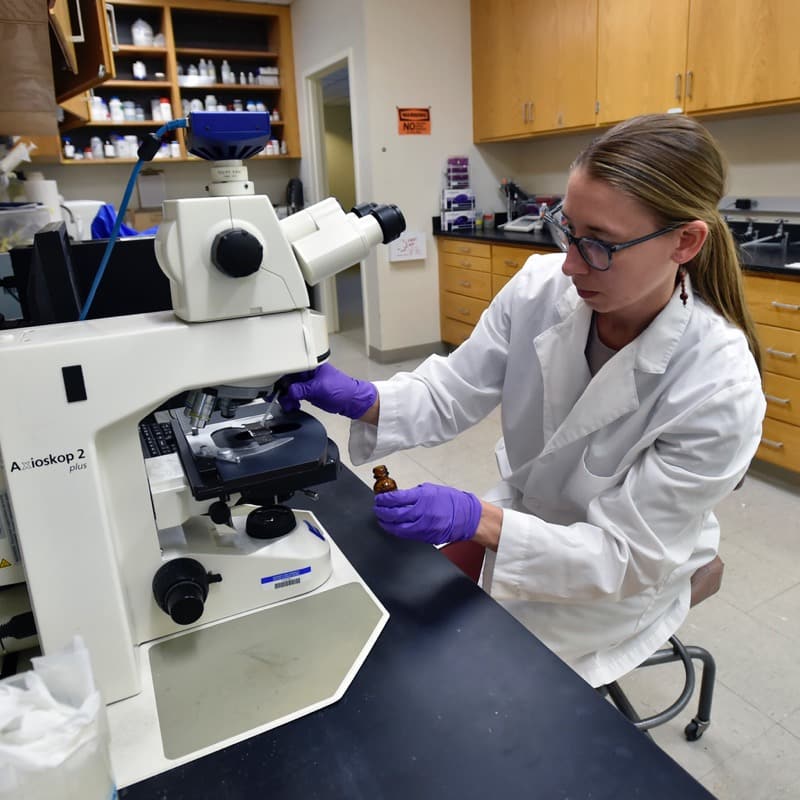 Day 6: This June, DRI published its first ever Research Highlights magazine, a revisioning of our Annual Report to showcase engaging stories about research projects and programs at DRI. This fall, the magazine was recognized with awards by Public Relations Society of America chapters in Reno and Las Vegas!
Day 6: This June, DRI published its first ever Research Highlights magazine, a revisioning of our Annual Report to showcase engaging stories about research projects and programs at DRI. This fall, the magazine was recognized with awards by Public Relations Society of America chapters in Reno and Las Vegas!
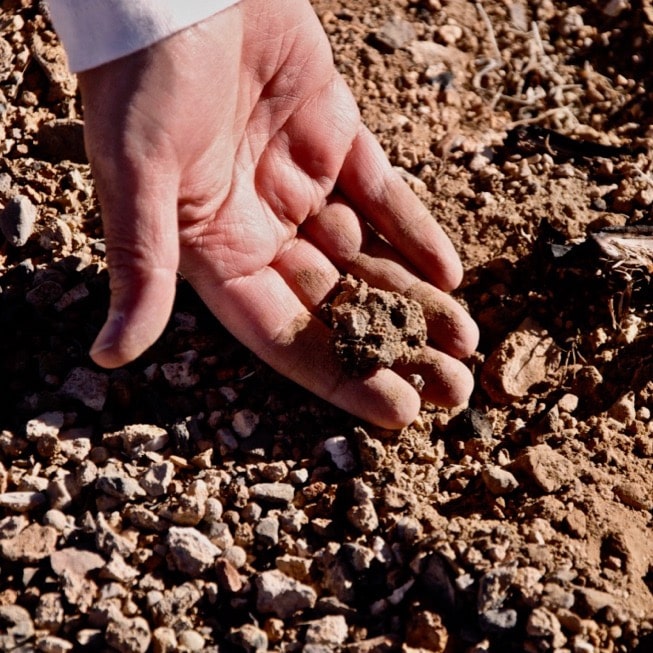 Day 7: This summer, DRI researchers Markus Berli, PhD, and Rose Shillito published research with colleagues from UC Merced about how soils respond to low-severity fires like prescribed burns. Their findings indicate that prescribed burns may do more damage to soils than previously believed, sometimes resulting in long-term damage to soil structure and increasing its susceptibility to erosion. It’s not yet clear whether the negative impacts on soil associated with these low-severity fires outweigh the positives (like recycling nutrients back into the soil and getting rid of overgrown vegetation), but the research team hopes that their work will help inform land managers as they manage wildfires and plan prescribed burns.
Day 7: This summer, DRI researchers Markus Berli, PhD, and Rose Shillito published research with colleagues from UC Merced about how soils respond to low-severity fires like prescribed burns. Their findings indicate that prescribed burns may do more damage to soils than previously believed, sometimes resulting in long-term damage to soil structure and increasing its susceptibility to erosion. It’s not yet clear whether the negative impacts on soil associated with these low-severity fires outweigh the positives (like recycling nutrients back into the soil and getting rid of overgrown vegetation), but the research team hopes that their work will help inform land managers as they manage wildfires and plan prescribed burns.
 Day 8: In August, DRI participated in the 22nd Annual Tahoe Summit, a yearly gathering of federal, state, and local leaders dedicated to the goal of restoring and sustaining Lake Tahoe as one of our most precious environmental treasures. DRI showcased a variety of research projects impacting the Lake Tahoe Basin, including research using unmanned aircraft systems (UAS) to monitor wildfires and stormwater management.
Day 8: In August, DRI participated in the 22nd Annual Tahoe Summit, a yearly gathering of federal, state, and local leaders dedicated to the goal of restoring and sustaining Lake Tahoe as one of our most precious environmental treasures. DRI showcased a variety of research projects impacting the Lake Tahoe Basin, including research using unmanned aircraft systems (UAS) to monitor wildfires and stormwater management.
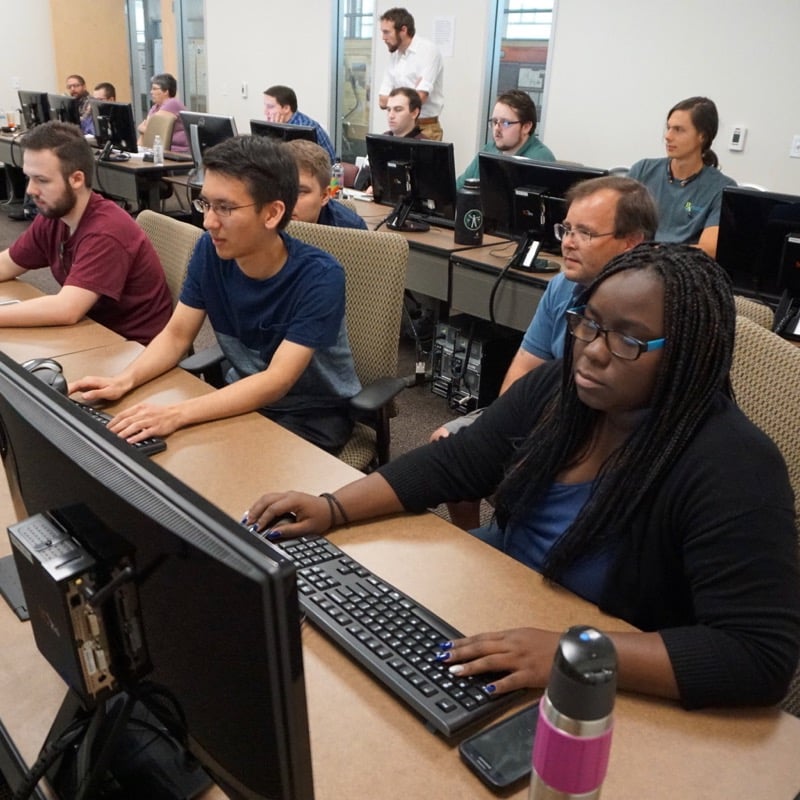 Day 9: This fall, sixteen interns began the first ever DRI Cybersecurity Internship Program, a semester-long program that provides training, certification, and hands-on experience for individuals interested in obtaining marketable job skills related to cybersecurity in collaboration with the SANS Institute, a world-renowned internet security research and education organization. All semester long, the interns have been working with DRI’s Chief Information Security Officer, Brandon Peterson, to gain hands-on experience building cyber-infrastructure using best practices from the National Institute of Standards and Technology (NIST).
Day 9: This fall, sixteen interns began the first ever DRI Cybersecurity Internship Program, a semester-long program that provides training, certification, and hands-on experience for individuals interested in obtaining marketable job skills related to cybersecurity in collaboration with the SANS Institute, a world-renowned internet security research and education organization. All semester long, the interns have been working with DRI’s Chief Information Security Officer, Brandon Peterson, to gain hands-on experience building cyber-infrastructure using best practices from the National Institute of Standards and Technology (NIST).
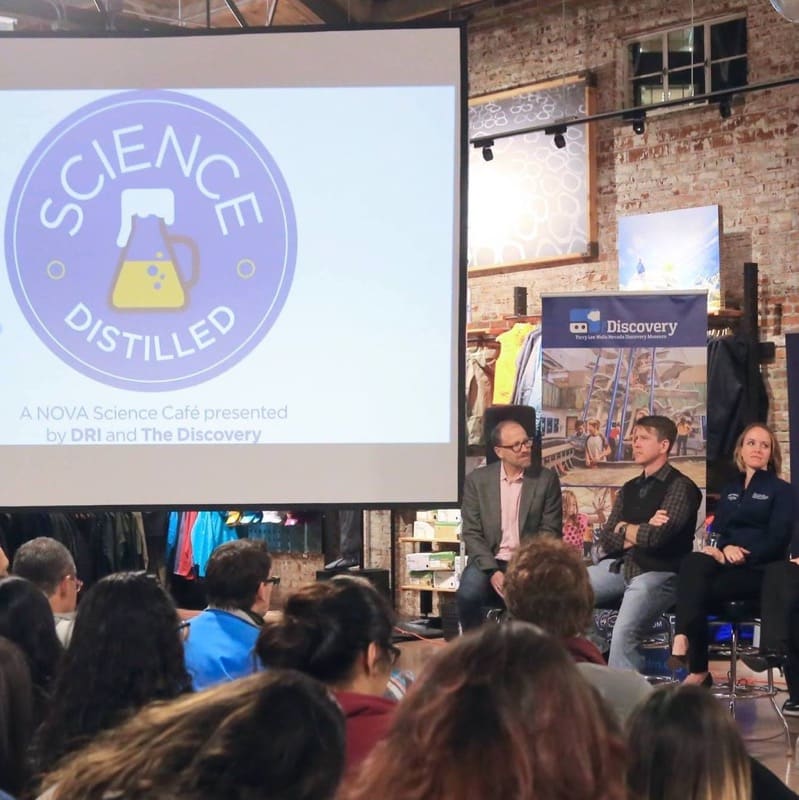 Day 10: Fall of 2018 marked the close of the third season of Science Distilled, events presented by DRI and the Discovery Museum that make cutting-edge science approachable through presentations on current and curious topics held at hip locations in a social atmosphere. Topics this year ranged from genetics and heart health to cybersecurity and resilience, and each of the six talks attracted dozens of science enthusiasts around the Reno area.
Day 10: Fall of 2018 marked the close of the third season of Science Distilled, events presented by DRI and the Discovery Museum that make cutting-edge science approachable through presentations on current and curious topics held at hip locations in a social atmosphere. Topics this year ranged from genetics and heart health to cybersecurity and resilience, and each of the six talks attracted dozens of science enthusiasts around the Reno area.
Stay tuned for news on the 2019 season! There’ll be six fascinating talks, plus surprise science content coming soon.
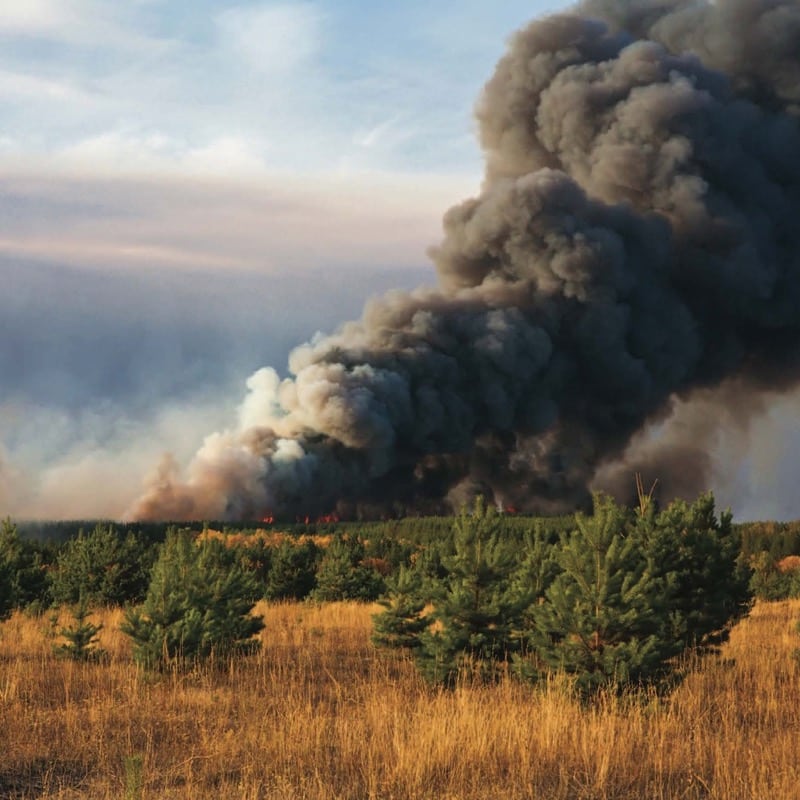 Day 11: We at DRI are especially proud of how our researchers work to bring scientific knowledge to the forefront of society by engaging with reporters, policymakers, and community members. For example, Tim Brown, Ph.D., Director of the Western Regional Climate Center at DRI, recently worked with SciLine—a service that connects reporters to academic and industry experts—to produce an in-depth catalogue of information on wildfire science for journalists. Free and open to the public, this scientific information can help provide the expertise and context needed to make sense of scientific topics in the headlines.
Day 11: We at DRI are especially proud of how our researchers work to bring scientific knowledge to the forefront of society by engaging with reporters, policymakers, and community members. For example, Tim Brown, Ph.D., Director of the Western Regional Climate Center at DRI, recently worked with SciLine—a service that connects reporters to academic and industry experts—to produce an in-depth catalogue of information on wildfire science for journalists. Free and open to the public, this scientific information can help provide the expertise and context needed to make sense of scientific topics in the headlines.
Check out the summary of wildfire information and a recorded media briefing by Brown and other wildfire experts.
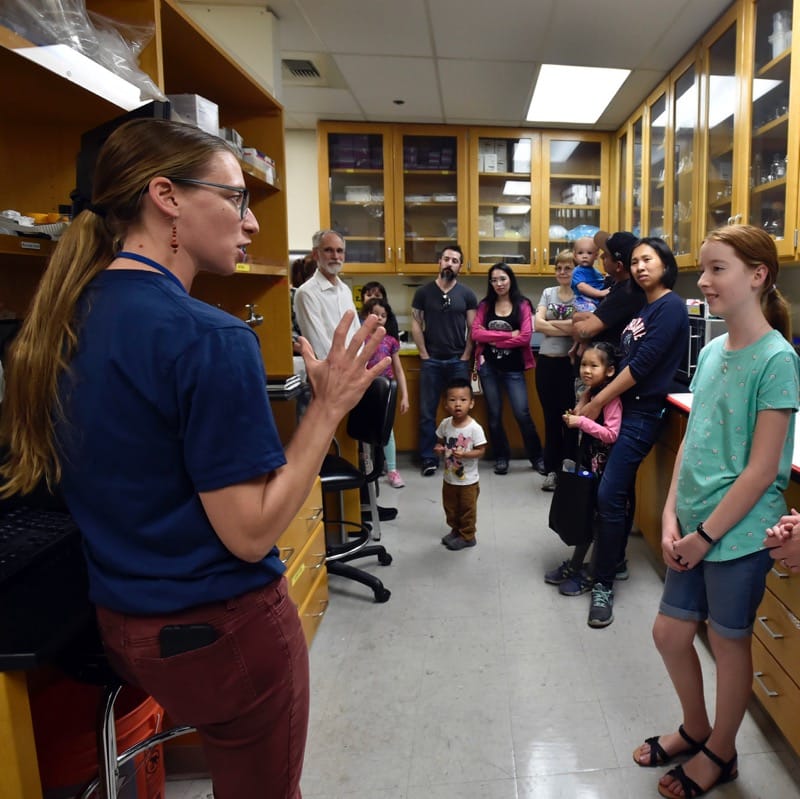 Day 12: As we conclude our twelve days of reflection on the incredible year we’ve had, we’d be remiss if we didn’t acknowledge one of the key things that’s made it great: YOU! Whether through citizen science projects, community outreach events, collaborations on research projects, or just following along with us online and on social media, you are such an important part of the DRI team. Thank you for being here for science, today and every day.
Day 12: As we conclude our twelve days of reflection on the incredible year we’ve had, we’d be remiss if we didn’t acknowledge one of the key things that’s made it great: YOU! Whether through citizen science projects, community outreach events, collaborations on research projects, or just following along with us online and on social media, you are such an important part of the DRI team. Thank you for being here for science, today and every day.

